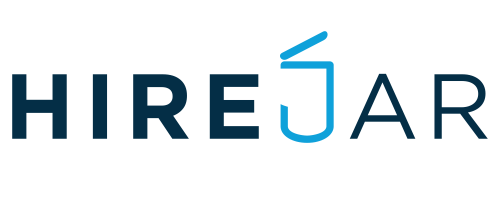In our current gig economy, with longtime worker stability being a thing of the past, successful organizations must learn to be proactive rather than reactive when it comes to the hiring process and talent procurement. One extremely effective way to stay ahead of the game instead of always feeling that you’re playing catch-up, is the forging of a ‘talent pipeline’ that will help you avoid damaging job vacancies for lengthy periods—plus provide many other benefits.
While the complexity of creating a talent pipeline can vary based on the size of your company, there are strategies that can be ‘one size fits all.’ Here are five steps for creating a talent pipeline of qualified professionals that helps keep your organization a step or two in front of the competition.
ASSESS YOURSELF. Look at your current framework of employees and identify where you’re deepest, where you might need the most help in the near future, and of course any particular talent chasms that need to be filled more immediately. Consider which employees might be promotable down the line, which workers have a career history of moving on quickly, and so forth. This is far from an exact science, but it’s wise to get at least a basic concept of where you’re most likely to need the most personnel moving forward.
Claim your Free Subscription to HireJar, the AI Hiring Platform to Fill Any Role, Any Duration
LOOK AT THE MARKET. What worker pools are most vibrant at this point and which skill-sets are the hardest to fill? You likely know from past experience whether it’s harder to find a skilled graphic designer or IT manager, but it can’t hurt to keep an eye on the current landscape of workers entering these industries. How do the stronger industries match up to your likely future needs? Where might there be a likely shortfall of employees?
CHECK YOUR SOURCES. What are the venues you normally use now to procure talent? Have they been effective in quickly filling gaps? Are there certain areas where they’ve been more successful in finding new talent than others? What is the average length of time it’s taken you to fill crucial openings in the past using these sources? By taking a long hard look at the pluses and minuses of your main procurement sources you’ll be much better able to determine the optimal focus of your worker pipeline.
OPEN UP YOUR OUTREACH. To create a flowing pipeline of employees you can really count on, leave no stone unturned, and be as organized as possible in your record-keeping. Consider making the ‘Jobs’ section of your site more prominent/visible, highlight opportunities at conventions and events your company attends, work with additional hiring platforms to tap into the current market. You can also tap your most robust social media tool, such as Twitter, to reach out to professionals in a specific field.
TRACK YOUR TALENT. Don’t toss aside the resumes of the top runner-up candidates when you do make a hiring move; instead file them away for future consideration. For truly key, upper echelon positions, consider making a wish list of candidates you’d like to bring onboard and track their movement.
By taking these steps and keeping on top of your pipeline flow, you’ll be much more likely to fill crucial vacancies before they hamper your organization’s bottom line.

